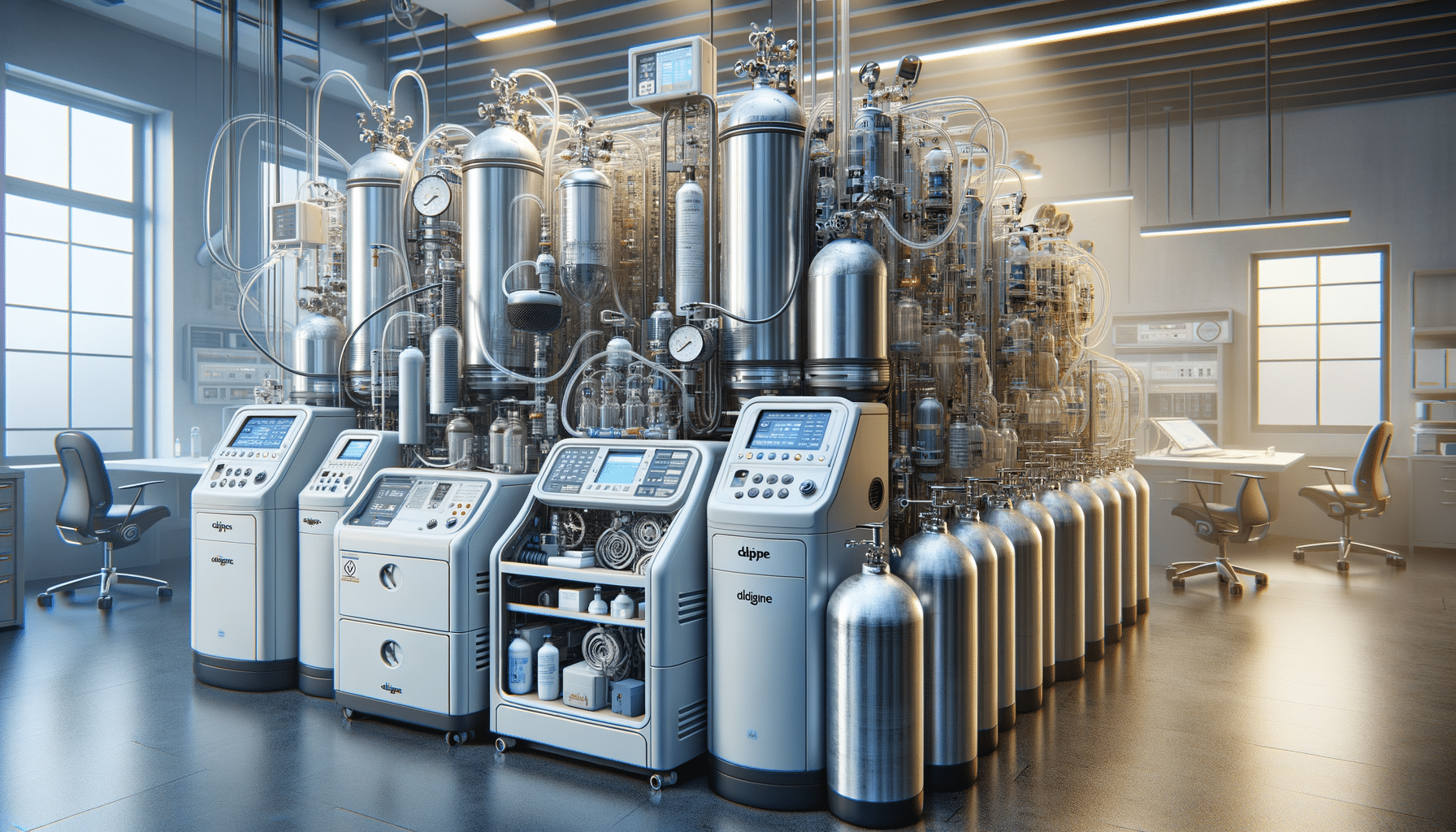
Understanding Oxygen Concentrators: A Comprehensive Guide
Introduction to Oxygen Concentrators
In recent years, oxygen concentrators have become a vital component in medical care, especially for individuals with respiratory conditions. These devices have gained prominence due to their ability to provide a continuous supply of oxygen, which is crucial for patients suffering from ailments such as chronic obstructive pulmonary disease (COPD), pneumonia, and other respiratory disorders. The importance of oxygen concentrators is underscored by their widespread use in hospitals, clinics, and even home care settings. Understanding how these devices work and their benefits can help patients and caregivers make informed decisions about respiratory health management.
How Oxygen Concentrators Work
Oxygen concentrators operate on a relatively simple yet effective principle. They extract oxygen from the surrounding air by removing nitrogen and other gases, delivering concentrated oxygen to the user. This process involves several key components:
- Compressor: Compresses air and delivers it to the filtration system.
- Zeolite Towers: Use zeolite minerals to absorb nitrogen, allowing oxygen to pass through.
- Pressure-Equalizing Reservoir: Balances the pressure and ensures a steady flow of oxygen.
- Flow Meter: Allows users to adjust the flow rate according to medical needs.
The efficiency of oxygen concentrators makes them an invaluable tool in respiratory therapy, with the added benefit of portability in some models, allowing patients to maintain mobility while receiving treatment.
Benefits and Applications of Oxygen Concentrators
The versatility of oxygen concentrators extends beyond hospital settings, making them suitable for home use, especially for patients requiring long-term oxygen therapy. Some of the notable benefits include:
- Cost-Effectiveness: Compared to traditional oxygen tanks, concentrators reduce the need for frequent refills.
- Safety: Eliminates the risk of oxygen tank leaks, which can be hazardous.
- Convenience: Portable models enhance patient mobility and independence.
Oxygen concentrators have proven to be a reliable solution in managing a range of conditions, from chronic diseases to acute respiratory distress, thus improving the quality of life for many patients.
Choosing the Right Oxygen Concentrator
Selecting an appropriate oxygen concentrator involves considering several factors to ensure it meets the patient’s specific needs. Important considerations include:
- Flow Rate: The device should match the prescribed flow rate by healthcare providers.
- Portability: For active users, lightweight and portable models are preferable.
- Noise Level: Quieter models are beneficial for home use, especially during sleep.
- Maintenance: Easy-to-maintain devices reduce the burden on caregivers.
By evaluating these factors, patients and caregivers can select a concentrator that best fits their lifestyle and medical requirements, ensuring optimal therapeutic outcomes.
Conclusion: The Impact of Oxygen Concentrators
Oxygen concentrators have revolutionized respiratory care, offering a reliable and efficient means of delivering oxygen therapy. Their role in improving patient outcomes cannot be overstated, as they provide a critical lifeline for individuals with respiratory challenges. As technology advances, these devices continue to evolve, becoming more user-friendly and accessible. For anyone managing a respiratory condition, understanding the functionality and benefits of oxygen concentrators is essential in making informed healthcare choices.


